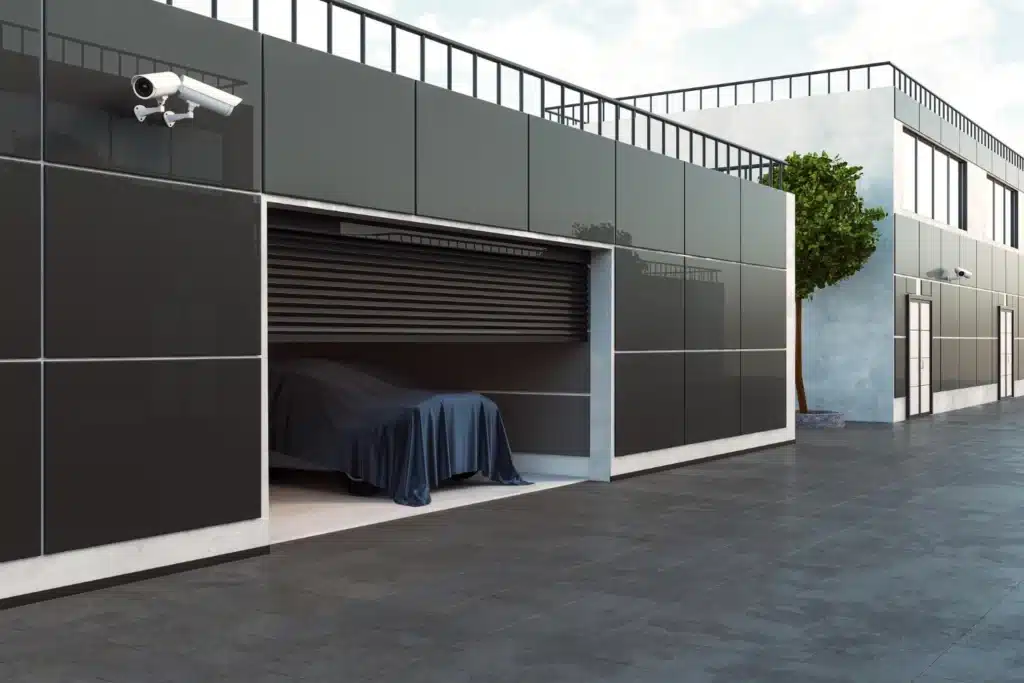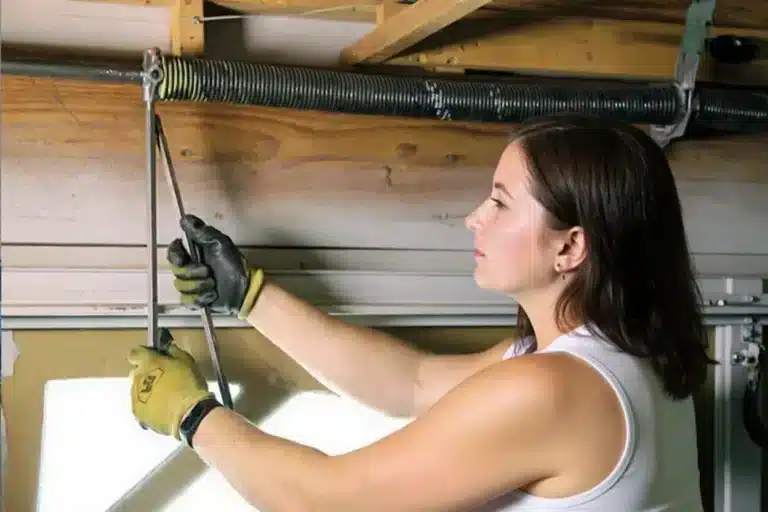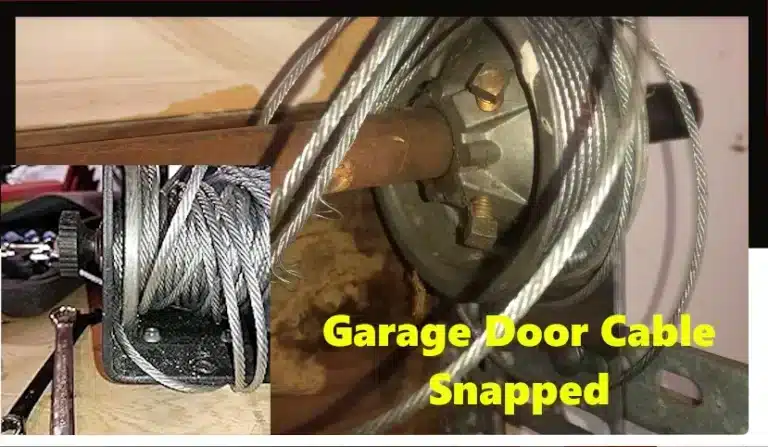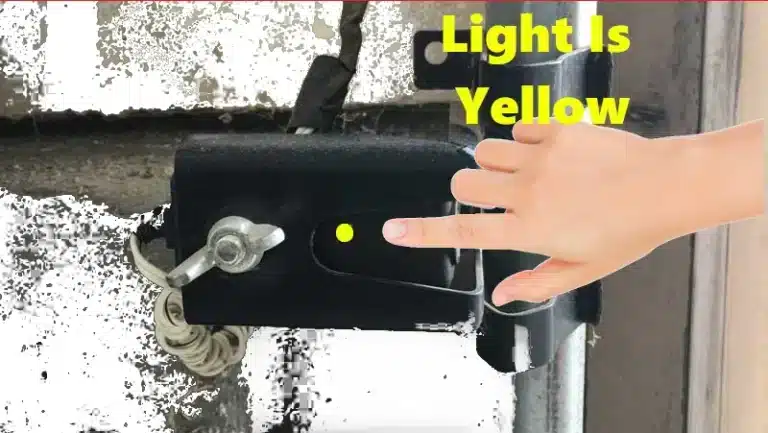Modern homeowners love the convenience of an electric garage door. With a press of a button, hundreds of pounds of steel and wood glide open to welcome you home. When the system fails, however, it can be stressful. Thankfully, many common issues can be fixed with basic troubleshooting. This article shows you how to diagnose and fix electric garage door repair problems., perform safe DIY fixes, and understand when it’s time to call a professional. We also sprinkle the keyword naturally for search optimization without sacrificing readability.
Why understanding Electric Garage Door Repair matters
An electric garage door is a heavy machine with several interconnected parts – opener motors, springs, cables, tracks and sensors. When one component misbehaves, the entire system struggles. Typical electric door problems include an unresponsive opener, unexpected reversing, the motor running without movement, strange noises and slow or erratic operation. Recognizing these issues early allows homeowners to solve simple problems before they lead to costly repairs or dangerous failures.
Safety note: DIY fixes should only involve low‑risk components like remotes, sensors and lubricated hardware. Springs and cables store tremendous energy and can cause severe injury. Disconnect power before working and never attempt to repair or replace high‑tension parts yourself. This article repeats such warnings because minor readers may not appreciate the risks.
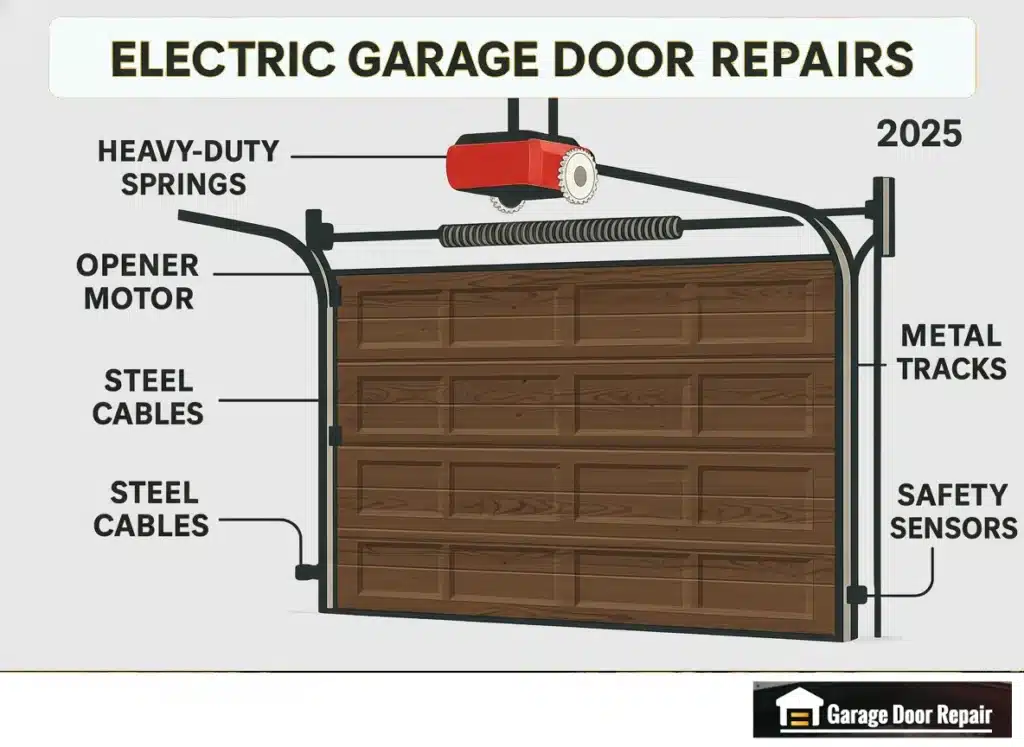
Recognizing Warning Signs For Electric Garage Door Repair
Learning the “language” of your garage door helps you catch problems early. Common warning signs include:
- Unusual noises: Grinding or squeaking often indicate dry rollers or bearings. Squeaks suggest lubrication is needed, while grinding points to worn components.
- Slow or jerky movement: A sluggish door may signal spring problems or track misalignment. Springs counterbalance the door; when they wear out, the opener overworks and may fail prematurely.
- Unexpected reversing: If the door reverses when closing, the safety sensors might be misaligned or dirty. Limit settings may also be off.
- Unresponsive controls: A remote that suddenly stops working may have dead batteries or need reprogramming. Wall switches placed in lock or “vacation” mode can also disable remotes.
- Visible wear or uneven movement: Frayed cables, cracked rollers or a door that tilts when moving require professional service. High‑tension parts are dangerous; do not attempt to fix them yourself.
Understanding these symptoms helps you decide which Electric Garage Door Repair tasks are within reach and which require an expert.
Fix Common Electric Garage Door Repair problems
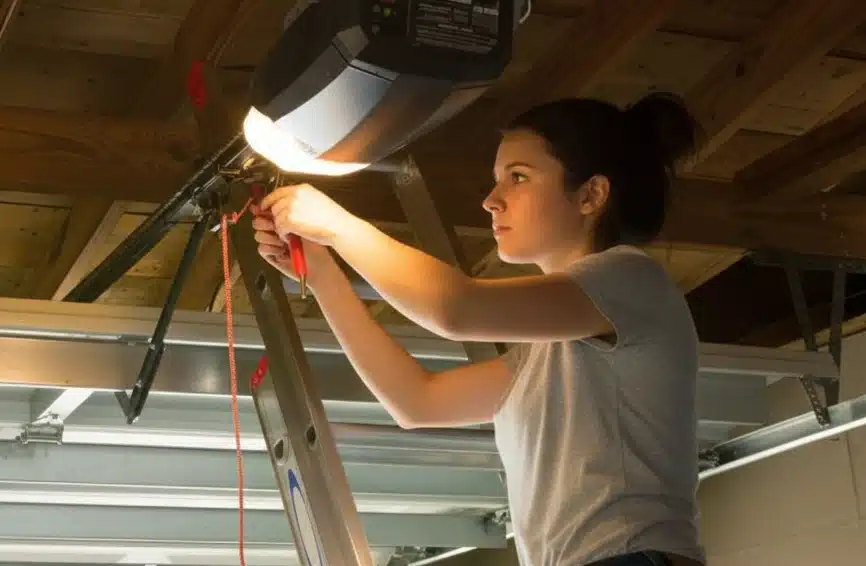
Before calling for service, try the following troubleshooting steps. They solve many routine issues and can save you time and money.
The opener doesn’t respond
When nothing happens as you press the remote, start with the basics:
- Check power: Make sure the opener is plugged in and that the circuit breaker or GFCI outlet hasn’t tripped. A loose cord or tripped breaker will shut down the unit.
- Replace remote batteries: Dead or weak batteries are the number‑one reason a remote fails. Swap the battery for a fresh one, ensuring correct orientation.
- Get closer and eliminate interference: Wireless devices like Bluetooth speakers or LED bulbs can block the remote’s signal. Stand closer to the garage and turn off nearby electronics.
- Check lock mode: Many wall consoles include a lock or vacation mode that disables remotes. If your console light is blinking, hold the lock button until it stops.
- Reprogram the remote: If batteries and proximity aren’t the issue, reprogram the remote by pressing the opener’s “learn” button and then the remote button. A blinking light on the opener indicates a successful pairing.
These simple checks resolve most unresponsive opener complaints without requiring advanced Electric Garage Door Repair skills.
Door reverses or won’t close completely
If your garage door starts closing but reverses, the problem often lies in the safety sensors or travel limits.
- Align and clean sensors: The photo‑eye sensors located near the bottom of the door create an invisible beam; misalignment or dirt can break this connection. Misaligned sensors are the most common cause of unexpected reversing. Clean the lenses and adjust them until both indicator lights are solid.
- Check for flashing lights: Blinking sensor lights or beeping sounds on the opener indicate misalignment or obstruction. Align the sensors by loosening the brackets, pointing them directly at each other, and tightening the screws.
- Inspect for obstructions: Sometimes leaves, cobwebs or objects block the door’s path. Remove any obstacles that could break the beam.
- Adjust travel limits: If the sensors are fine but the door still reverses near the floor, the travel limit or down force might be set incorrectly. Titan Garage Doors notes that improper travel limits can cause a door to reverse just before it closes. Adjust the close limit control slightly until the door closes without reversing. Make small changes and test each time.
Never bypass or disable safety sensors to force the door closed; doing so violates federal safety standards and can lead to accidents. If sensor issues persist despite cleaning and alignment, call a professional.
Motor runs but the door doesn’t move
When you hear the opener’s motor but the door stays put, a mechanical disconnect is likely.
- Check the emergency release: Pulling the red release cord disengages the trolley for manual operation. If the door was accidentally disengaged, pull the cord toward the motor unit to re‑engage the trolley.
- Inspect drive components: A broken chain or belt or stripped gears inside the opener require professional repair. Do not attempt to disassemble the motor unit without training.
- Never lift a door with a broken spring: If the motor runs but the door doesn’t move and you see a gap in the spring, stop immediately. Springs hold enormous tension; lifting a door without counterbalance is dangerous. Call a technician.
Noisy operation and lubrication needs
Loud squeaks, grinding or rattling noises come from friction and worn parts. Good lubrication quiets the door and extends its life.
- Use the right lubricant: Cunningham Door & Window recommends silicone or lithium‑based sprays instead of household oils or WD‑40. Silicone and lithium greases resist temperature changes and don’t attract dust. Standard oils and thick greases gum up rollers and attract debris.
- Lubricate key components: Apply a small amount of lubricant to rollers (avoid plastic rollers without exposed bearings), hinges, springs and locks. Clean tracks but do not lubricate them; lubricant on tracks causes build‑up. Wipe away excess to prevent drips.
- Tighten hardware: Loose bolts and screws contribute to noise. Carefully tighten hinges, brackets and opener mounts using a wrench or screwdriver. Do not over‑tighten, as this may strip threads.
- Replace worn parts: Noisy operation can also come from cracked rollers or worn hinges. If lubrication doesn’t help, schedule a Electric Garage Door Repair professional to replace parts.
Regular lubrication every three to six months keeps your door running quietly. In regions with extreme weather, more frequent lubrication may be necessary.
Door moves slowly or unevenly
A door that struggles to open or close often suffers from friction, misadjusted settings or failing components.
- Lubricate moving parts: Dry rollers, hinges and springs increase friction and slow movement. Applying a silicone or lithium‑based lubricant often restores smooth operation.
- Check for obstructions: Dirt or debris in the tracks can impede movement. Clean the tracks thoroughly with a brush and avoid lubricating them.
- Verify opener speed and force settings: Some openers allow you to adjust speed and down force. Improper settings may slow the door or cause it to stop prematurely. Adjust settings gradually, testing after each change.
- Inspect springs and rollers: Springs that are wearing out can’t properly counterbalance the door, causing slow or uneven movement. Worn rollers may also cause jerky operation. These issues require professional Electric Garage Door Repair, as spring replacement is dangerous.
Stuck or off‑track door
A door that comes off its tracks can become crooked, uneven and stuck. This often happens because a cable has slipped or broken. Do not attempt to force the door back on track. Contact a professional immediately to avoid further damage or injury.
Safety Precautions to Fix Electric Garage Door Repair Problems
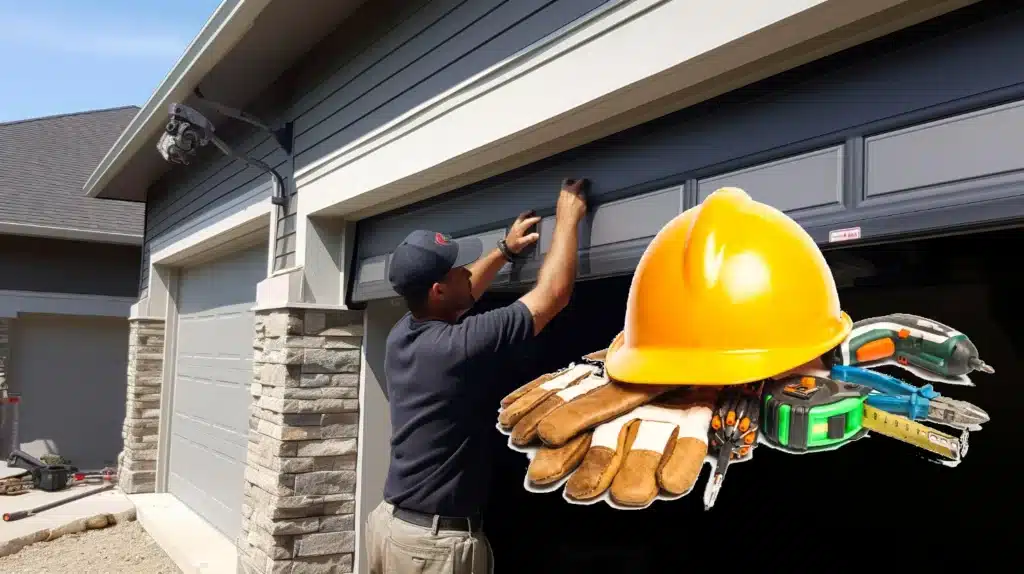
Every Electric Garage Door Repair project must prioritize safety. Garage doors weigh 150 to 400 pounds, and components like springs and cables store enormous energy.
Disconnect power
Always unplug the opener or switch off the dedicated circuit breaker before working. This prevents accidental activation while your hands are near moving parts.
Understand high‑tension components
Springs and cables do the heavy lifting, and they are extremely dangerous to handle. Overhead Door Company warns that a single mistake when working on springs can lead to severe injuries or death. Springs can snap suddenly, sending metal fragments flying, and a broken spring means the door is unsupported and can fall. Never attempt to repair or replace springs or cables yourself; always call a professional.
Don’t bypass safety sensors
Disabling photo‑eye sensors is illegal under federal safety standard UL 325 and puts people and pets at risk. Sensors prevent the door from closing on objects; bypassing them removes this protection. If sensors malfunction, realign or clean them rather than disconnecting.
Use the emergency release carefully
The red emergency release cord disengages the opener. Pulling it when the door is open or when a spring is broken can cause the door to crash down. Never pull the release if the door is partially or fully open. If the spring has failed, call a professional rather than attempting to lift the door manually.
Work with proper tools and assistance
Using a sturdy ladder, screwdrivers, pliers and an adjustable wrench for simple tasks and wearing safety glasses and gloves. Do not climb on makeshift platforms or work alone; having another adult nearby adds security.
Involve adults for complex work
For minors, working with heavy or electrical components is not recommended. Seek help from an experienced adult for any Electric Garage Door Repair tasks. Complex issues like broken springs, frayed cables, major track misalignments, or opener circuit board problems always require professional service.
When to Call a Professional for Fixing Electric Garage Door Repair Issues
While many issues have simple fixes, some situations demand expert Electric Garage Door Repair services:
- Broken springs or cables: These store deadly force and are the most dangerous repair.
- Major track misalignment or off‑track door: Forcing a door back on track can cause damage.
- Persistent sensor or wiring problems: If alignment and cleaning don’t work, there may be a wiring issue.
- Damaged opener components: Grinding noises from the motor unit, stripped gears or failed circuit boards require specialized tools and knowledge.
- Doors older than ten years: Replacing an aging opener may be more cost‑effective than repairing a worn motor.
Professional repair costs vary. Average opener repairs cost $100–$300 and general garage door repairs $150–$300. When a repair cost approaches the price of a new opener, consider replacement for improved reliability and features.
Preventive maintenance for smoother operation
Just like a vehicle, an electric garage door benefits from regular care. Simple maintenance reduces breakdowns and extends the life of your system.
Monthly checks
Perform these quick tests each month:
- Balance test: Disconnect the opener and manually lift the door halfway. A balanced door should stay put; if it falls or rises, the springs need adjustment by a professional.
- Reversal test: Place a 2 × 4 board on the floor and close the door; it should reverse upon contact. Also wave your hand across the sensors while closing; the door should reverse immediately.
- Lubrication: Every three to six months, apply silicone or lithium‑based lubricant to rollers, hinges, springs and locks. Wipe away excess and clean tracks.
- Sensor cleaning: Dust and cobwebs easily accumulate on sensors; gently wipe lenses to prevent false reversals.
- Battery and settings check: Keep spare remote batteries and check your opener’s settings each season.
Annual professional inspection
An annual inspection by a certified technician is a wise investment. Professionals inspect springs, cables, rollers and tracks for wear and test safety mechanisms like auto‑reverse. Regular maintenance can extend the life of your opener by up to five years and your springs by up to three years. They also ensure your door is balanced and properly lubricated.
Additional tips
- Keep the area clear: Avoid storing items too close to the tracks or sensors; obstructions can cause misalignment and damage.
- Weatherproofing: Extreme temperatures can stiffen parts or cause materials to expand. Use weather seals and lubricants designed for your climate.
- Smart technology and backups: Modern smart openers allow remote monitoring and control via smartphone, adding convenience and security. Battery backups ensure you can operate the door during a power outage. Replace backup batteries periodically.
- Prepare for travel: If you plan to be away, use the lock/vacation mode on the wall console to disable remotes for added security.
FAQ About Electric Garage Door Repair and How to Fix Issues
How often should I service my garage door? Most professionals recommend annual service with monthly DIY checks. Regular lubrication and sensor cleaning keep the system running smoothly.
Why does my door reverse before touching the floor? This often indicates misaligned sensors or incorrectly set travel limits. Realign and clean sensors or adjust the close limit. If the problem persists, call a professional.
Is it cheaper to repair or replace an opener? If your opener is more than ten years old and needs major repairs, replacing it may be more cost‑effective. New openers offer better security and reliability.
Can I fix a broken spring myself? No. Broken springs are extremely dangerous; only professionals should handle them.
Conclusion
Dealing with an uncooperative garage door can be frustrating, but many problems have straightforward solutions. By understanding how your system works and learning safe troubleshooting steps, you can handle minor Electric Garage Door Repair tasks yourself and know when to call in a professional. Regular maintenance—lubrication, sensor alignment, and monthly tests—keeps your door running smoothly and prevents bigger issues. Most importantly, respect the power of the high‑tension components; leave springs, cables and complex repairs to trained technicians. With knowledge, caution and a little DIY spirit, you’ll have a secure, reliable entry to your home.




